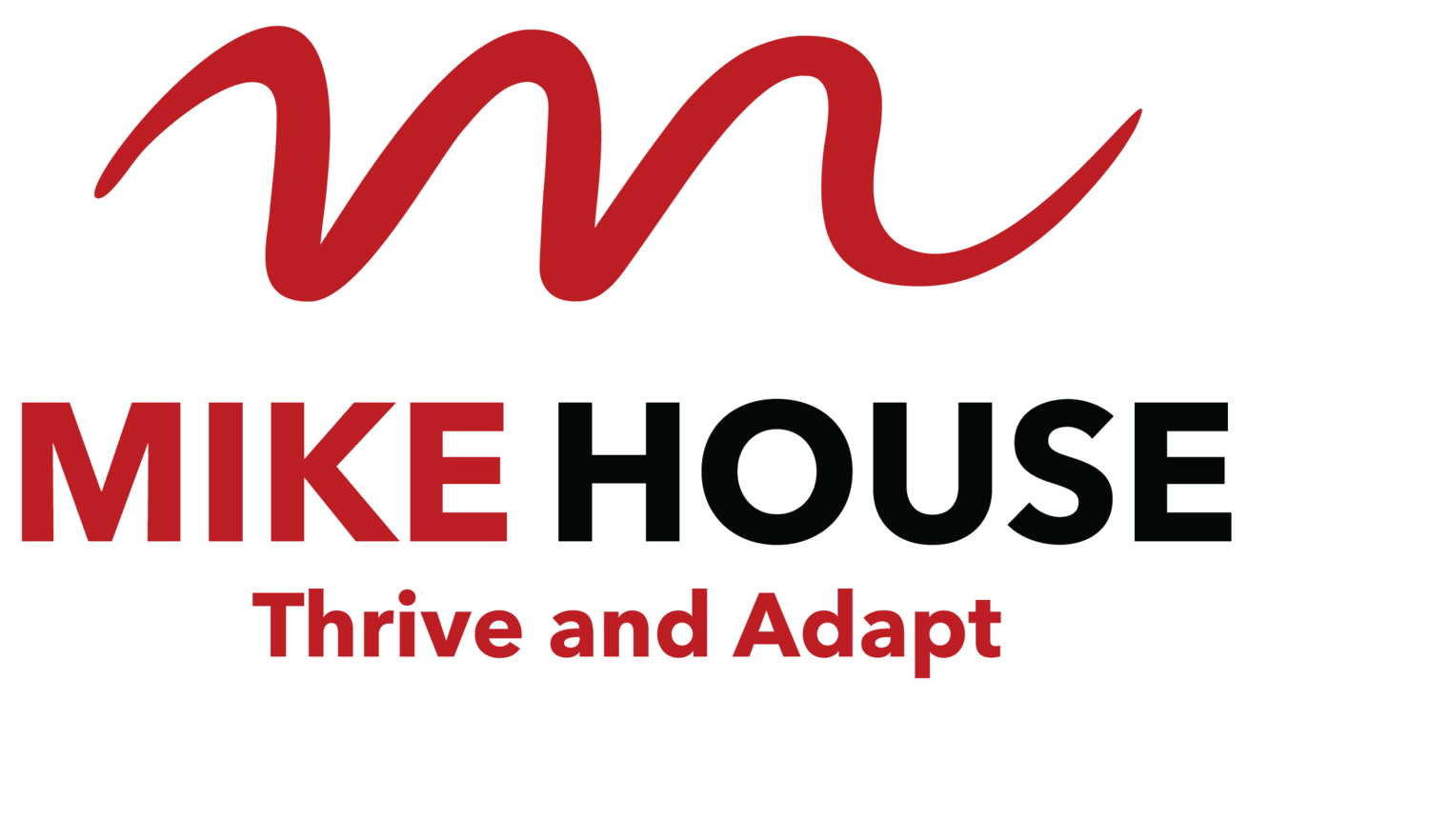Delegation for Capacity
/Imagine a high performance foiling Yacht sailing the Americas Cup. They have 11 crew, all with highly specific roles on board. When they are working well, the boats are poised on a knife edge of F1 like performance. It’s a great example of effective delegation for capacity.
The skipper may well have the skill to fill all the roles on board, but if they tried to sail the boat single handed it would never reach anywhere near its full potential. To make the most of the boat and the team, the skipper has to delegate.
Workplaces are like that too. Without effective delegation Capacity is severely compromised at every level:
Overall Performance - Capacity is reduced because of do-overs, lack of clarity, inappropriate workloads, ineffective use of the total capability of the team.
Leaders Performance - Capacity is reduced as leaders are likely overloaded with micromanagement, having to solve all the problems/provide all the answers, frustration that the team is not working as it should (BTW this is often a leadership problem, rather than a team member problem)
Team Member Performance - Capacity is reduced due to overlapping roles, lack of clarity, waiting for ‘permission’ and missed opportunities to develop greater capability.
As a leader, one of the highest return on investment skills you can develop is Delegation. How do you shape up?















